
Prostatic Acid Phosphatase PAP Protein. Biomarker of Prostate Cancer Stock Illustration - Illustration of prostate, health: 187952127

Proteolytic cleavage of prostatic acid phosphatase (PAP). Full-length... | Download Scientific Diagram

Prostatic Acid Phosphatase (PAP) Protein. Biomarker of Prostate Cancer Stock Illustration - Illustration of disease, polymer: 187036431
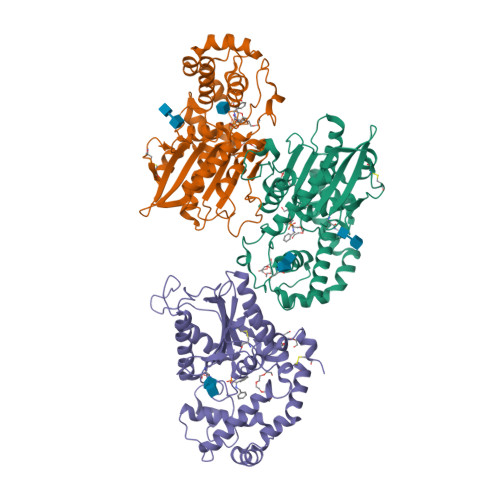
RCSB PDB - 1ND5: Crystal Structures of Human Prostatic Acid Phosphatase in Complex with a Phosphate Ion and alpha-Benzylaminobenzylphosphonic Acid Update the Mechanistic Picture and Offer New Insights into Inhibitor Design

Prostatic Acid Phosphatase (PAP) Protein. Biomarker Of Prostate Cancer. Cartoon Representation. Secondary Structure Coloring. Stock Photo, Picture And Royalty Free Image. Image 40894258.
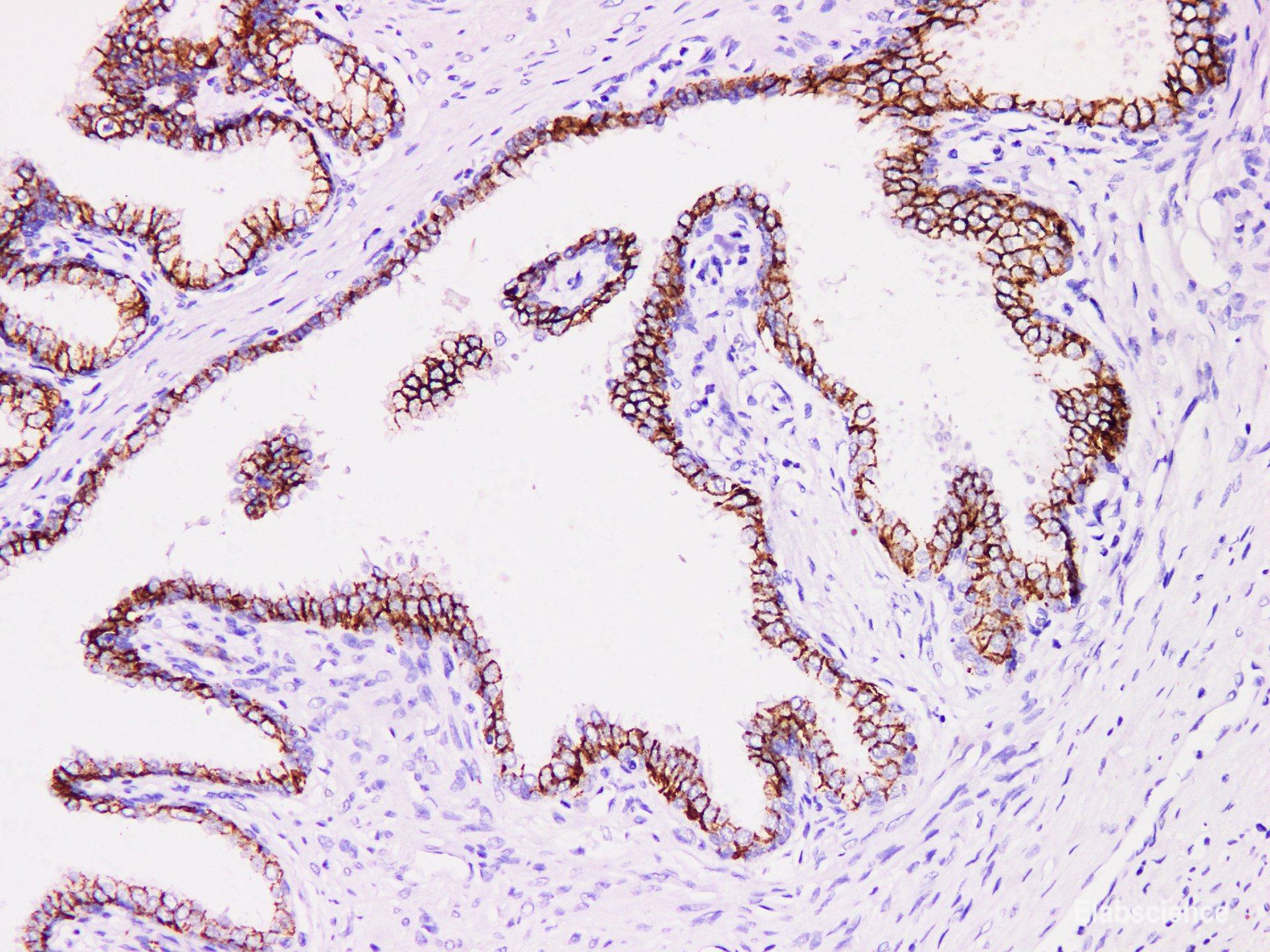



![PDF] Emerging Roles of Human Prostatic Acid Phosphatase | Semantic Scholar PDF] Emerging Roles of Human Prostatic Acid Phosphatase | Semantic Scholar](https://d3i71xaburhd42.cloudfront.net/a60f96071904bac886e68db2dd8b54d1e1def4d9/5-Figure3-1.png)


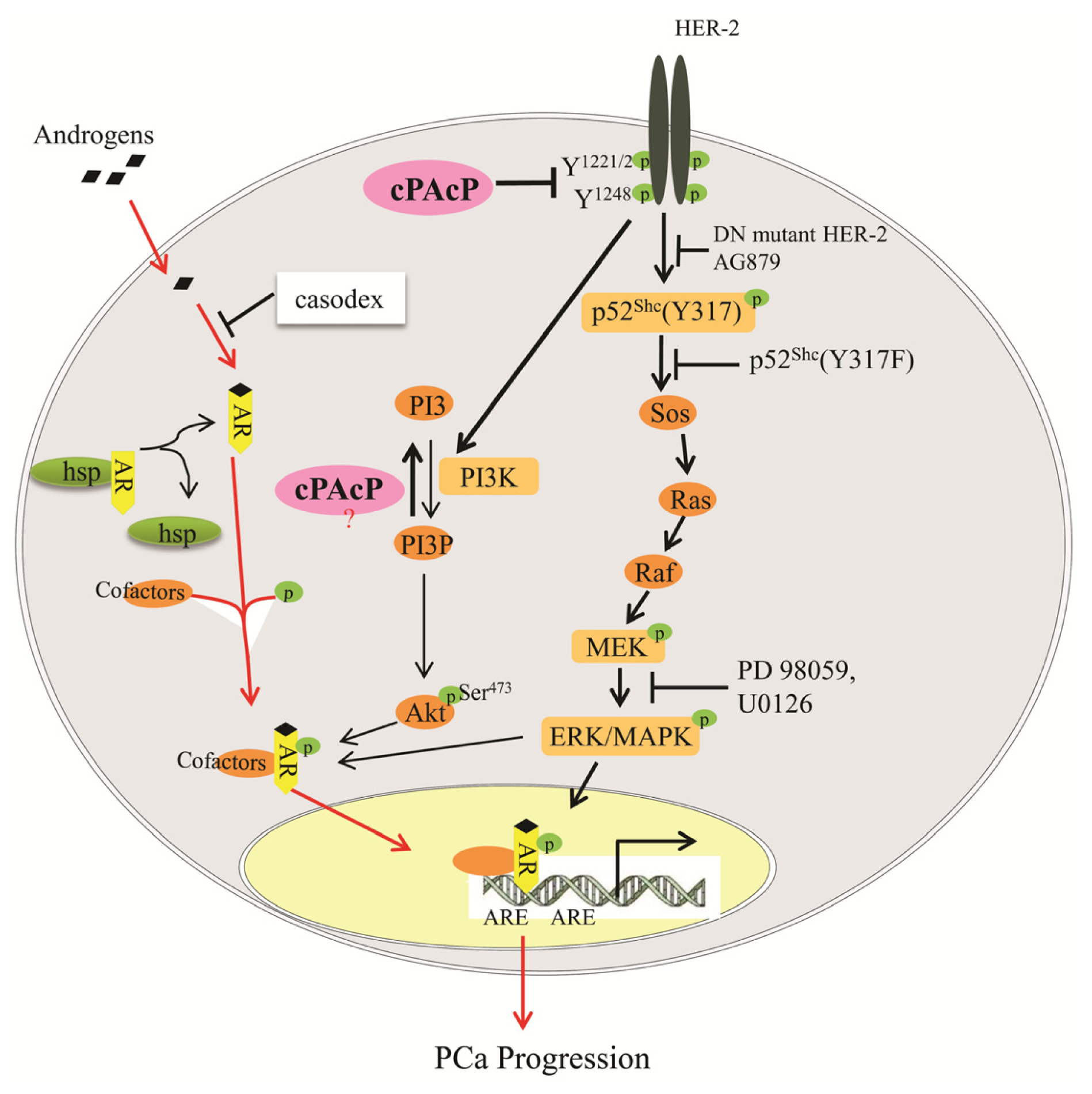



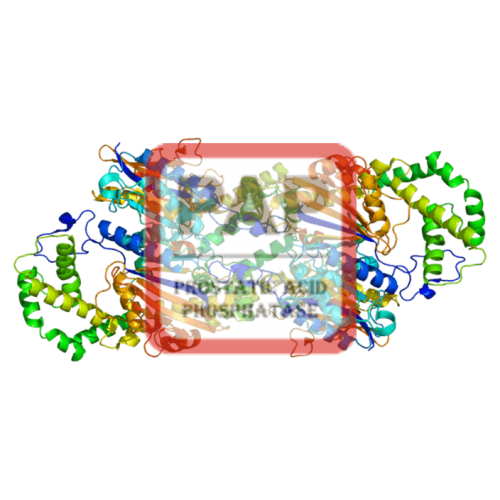

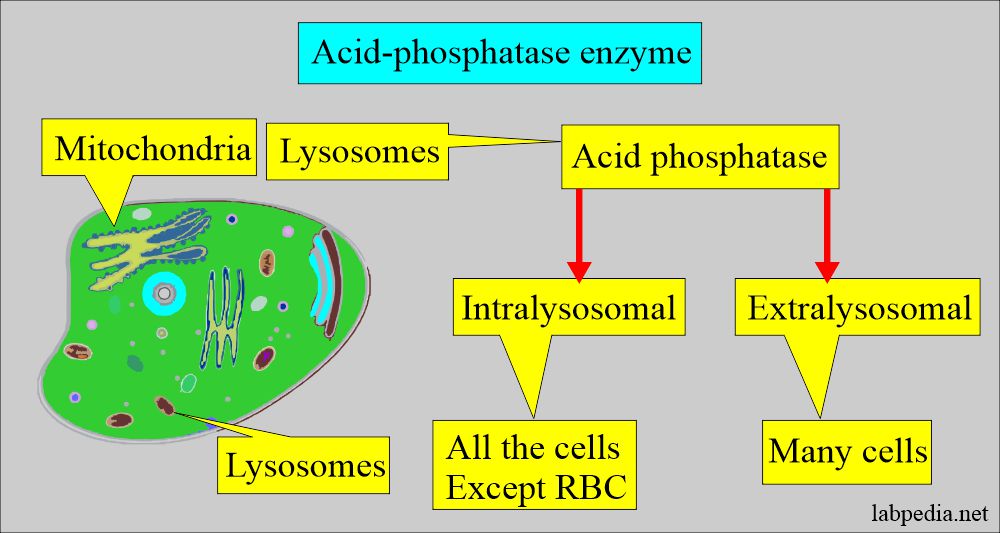
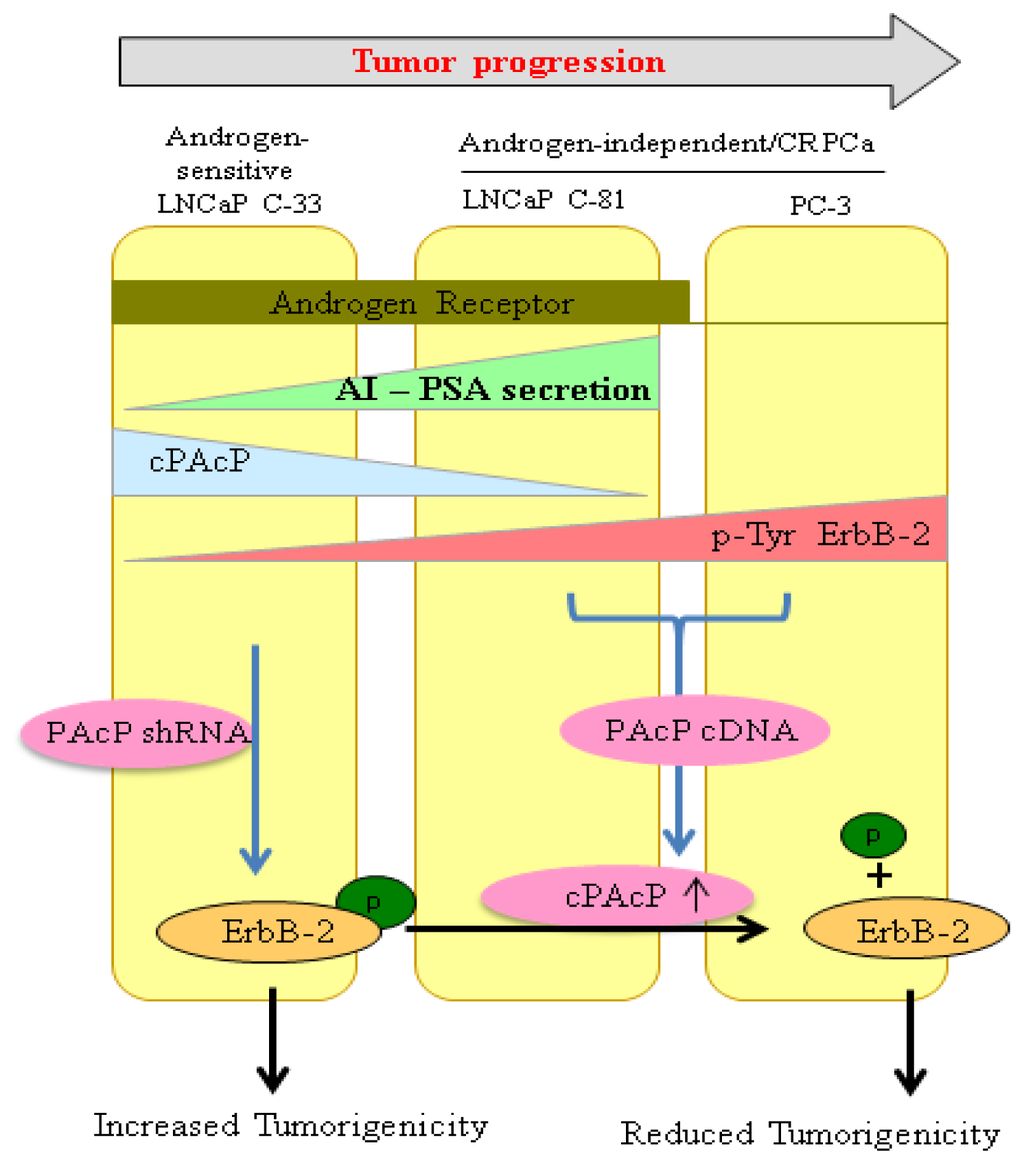
![Anti-Prostatic Acid Phosphatase Antibody [ABT-PSAP] (A94698) Anti-Prostatic Acid Phosphatase Antibody [ABT-PSAP] (A94698)](https://cdn.antibodies.com/image/catalog/94/A94698_1.jpg?profile=product_top)

